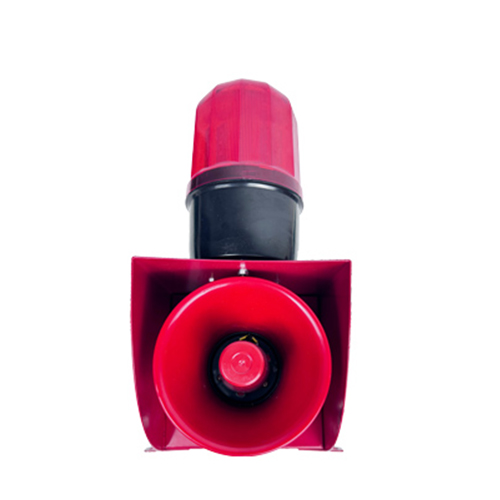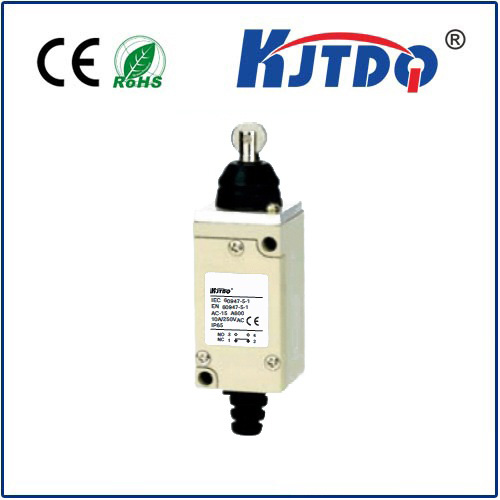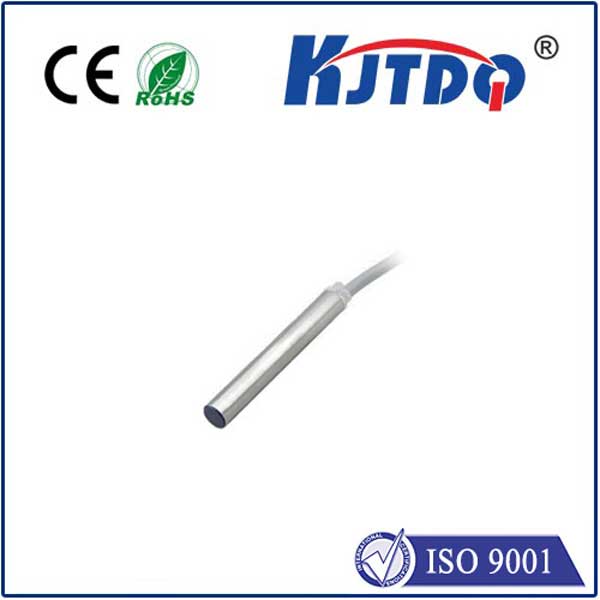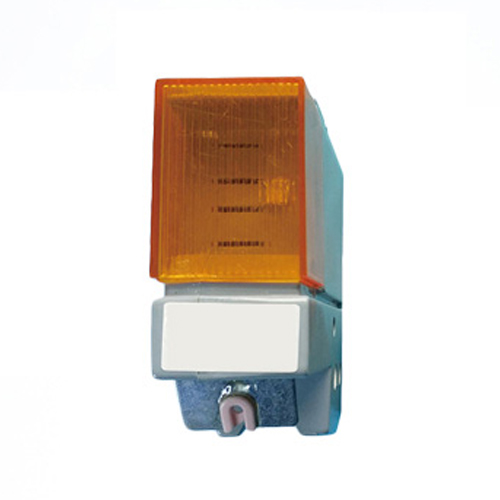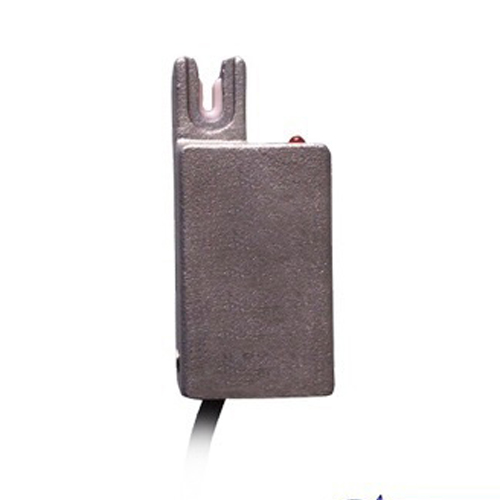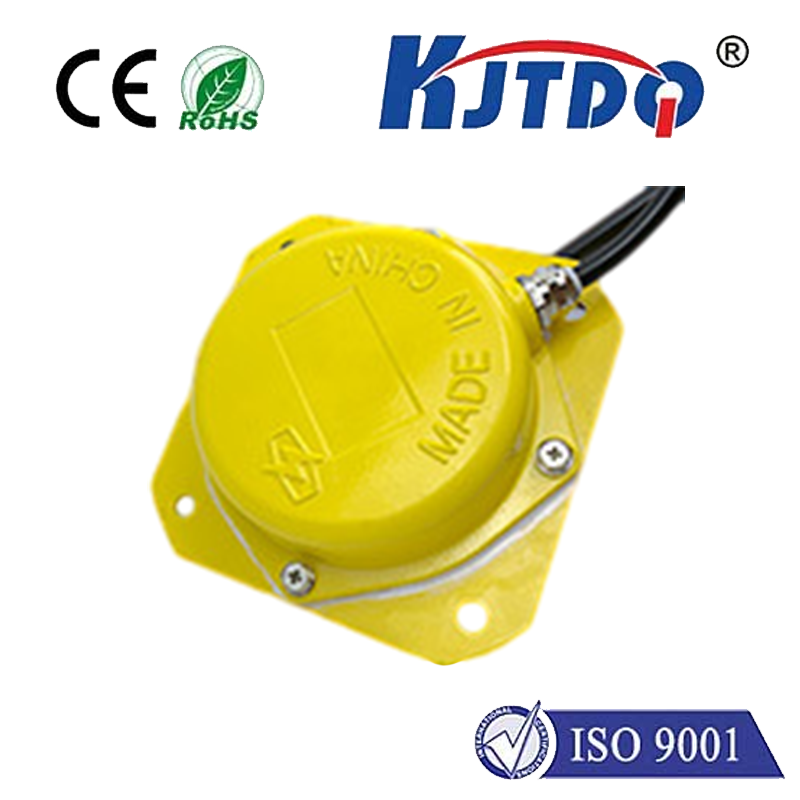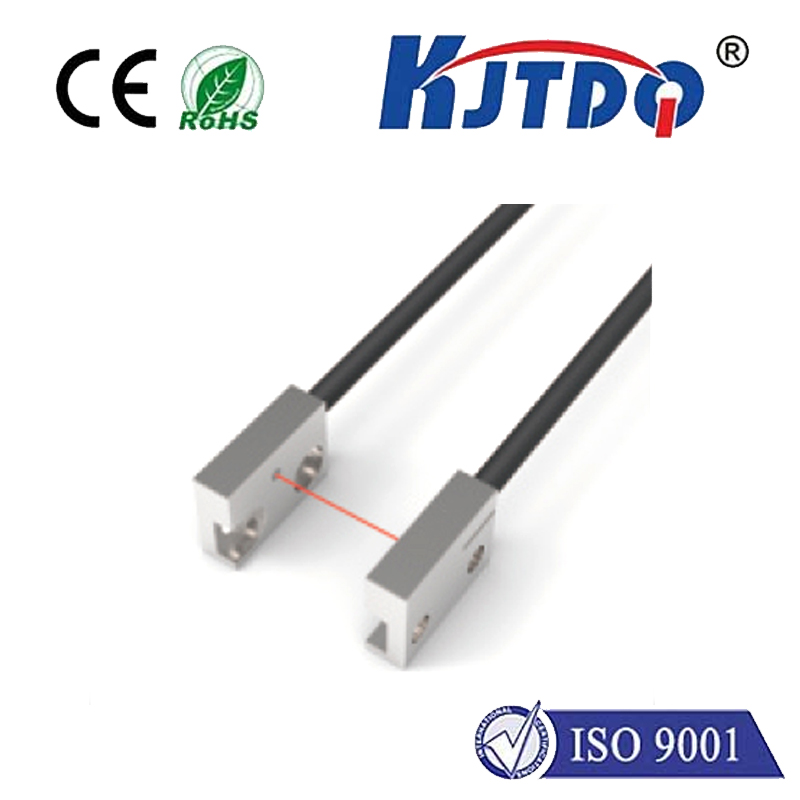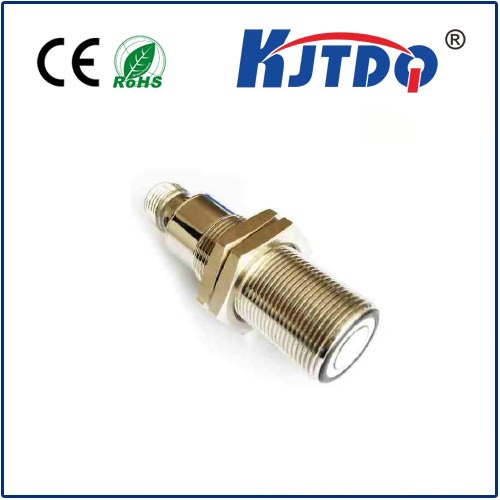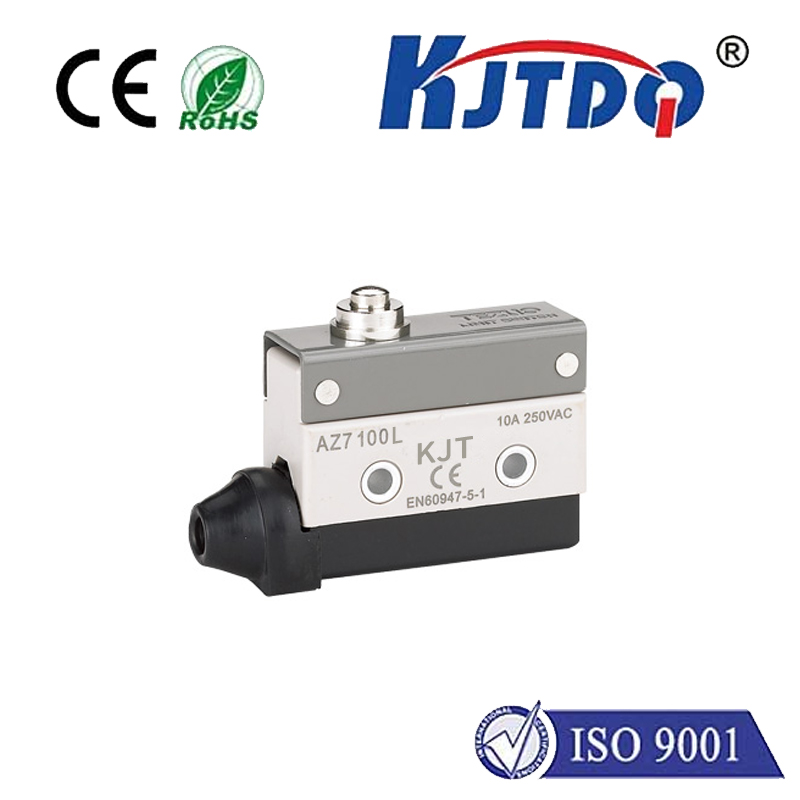optical bubble sensor
- time:2025-08-14 12:23:23
- Нажмите:0
Optical Bubble Sensors: The Ultimate Guide to Detection and Precision in Fluid Systems
Imagine this: a critical drug slowly dripping into a patient’s vein, a delicate chemical reaction bubbling in a lab flask, or high-precision adhesive flowing onto an electronic component. Now, imagine a tiny, unwanted air bubble disrupting that flow. The consequences range from ineffective treatment and ruined experiments to catastrophic product failure. Preventing such disasters hinges on one critical component: the optical bubble sensor, an unsung hero ensuring fluid integrity across countless industries. This guide delves into what these sensors are, how they work, and why they are indispensable in modern fluid handling systems.
What is an Optical Bubble Sensor?
At its core, an optical bubble sensor is a non-invasive device specifically engineered to detect the presence or absence of air bubbles within a liquid flowing through a transparent tube. Unlike methods requiring physical contact with the fluid, it utilizes light, making it ideal for sterile environments, corrosive fluids, or applications where maintaining fluid purity is paramount. Its primary mission is clear: provide a reliable signal indicating whether the liquid stream is bubble-free or compromised.
The Science Behind the Detection: How Does it Work?
The magic lies in the principles of optics and light refraction. Most modern optical bubble sensors employ a photoelectric detection method. Here’s a simplified breakdown:

- Light Transmission: A light source (typically an infrared LED) on one side of the flow path transmits a beam of light through the transparent tubing.
- Light Reception: A photodiode or phototransistor positioned directly opposite the light source acts as the receiver.
- Liquid vs. Bubble Behavior:
- Liquid Present: When liquid fills the tube, light refracts (bends) as it passes from the sensor housing material, through the tube wall, into the liquid, and out again. A significant portion of this refracted light reaches the receiver, resulting in a relatively strong signal.
- Bubble Present: When an air bubble passes through the detection zone, the light encounters a significant change in density at the liquid-air interface. This causes much stronger refraction and internal reflection within the bubble and tube wall. Critically, very little light successfully traverses the bubble to reach the receiver. This dramatic drop in received light is the key indicator.
- Signal Processing: The sensor’s integrated electronics continuously monitor the signal level from the receiver. A predefined threshold is set. When the received light dips below this threshold (indicating reduced transmission due to a bubble), the sensor triggers an output signal – typically a digital on/off switch or an analog value.
Key Components and Design Considerations:
Effective bubble detection hinges on several factors within the sensor’s design:
- Precise Optical Alignment: The light source and receiver must be perfectly aligned across the tube to ensure consistent baseline signal measurement with liquid present.
- Optimized Detection Zone: The area where light passes through the tube must be precisely sized to reliably capture bubbles of the target minimum size.
- Quality Electronics: Stable amplification, filtering to ignore ambient light noise, and reliable threshold comparison circuits are vital for accuracy.
- Robust Housing: Materials must withstand environmental factors like temperature fluctuations, humidity, and potential chemical exposure.
- Tubing Compatibility: Sensors are designed for specific tube outer diameters (OD) and materials (e.g., silicone, PVC, Teflon). Using the wrong size or opaque tubing will render the sensor ineffective.
Where Precision Matters: Key Applications of Optical Bubble Sensors
The ability to non-invasively and reliably detect bubbles makes these sensors ubiquitous in fields demanding fluid control:
- Medical and Life Sciences: This is arguably the most critical domain.
- Infusion Pumps and Dialysis Machines: Detecting dangerous air bubbles in IV lines before they reach the patient is a fundamental safety feature (air embolism prevention).
- Blood Analysis & Processing: Ensuring bubble-free samples and reagents is essential for accurate diagnostics. Bubble sensors safeguard blood flow in extracorporeal circuits.
- Bioreactors and Chromatography: Monitoring media feeds and elution buffers for bubbles protects sensitive cells and ensures separation column integrity. Precision is non-negotiable in bioprocessing.
- Промышленная автоматизация:
- Chemical Dispensing: Preventing bubbles ensures accurate volumetric dosing of adhesives, coatings, solvents, and lubricants in manufacturing (e.g., electronics, automotive).
- Coolant Systems: Bubble detection protects pumps and ensures efficient heat transfer in machining centers and other cooling loops.
- Inkjet Printing: Guaranteeing bubble-free ink flow prevents print head clogging and jetting failures. Consistent print quality relies on fluid integrity.
- Laboratory and Analytical Equipment:
- Auto-samplers (HPLC, IC): Detecting bubbles prevents sample carryover, inaccurate injections, and baseline noise in sensitive analytical instruments.
- Titrators and Liquid Handling Robots: Ensuring precise delivery volumes requires bubble-free liquid paths.
Why Choose Optical? The Compelling Advantages
Optical bubble sensors offer distinct benefits over alternative detection methods (like ultrasonic sensors in some contexts):
- Non-Invasive: The fluid never contacts the sensor electronics, eliminating contamination risk and simplifying cleaning/sterilization (autoclaving).
- High Sensitivity: Capable of reliably detecting very small bubbles (down to microliters or even smaller in specialized sensors).
- Fast Response Time: Reacts almost instantaneously to bubbles passing through the detection zone.
- Reliability: Solid-state design with no moving parts offers long operational life and minimal maintenance.
- Многогранность: Works with a wide range of transparent liquids and tubing materials commonly used in labs and industry.
- Simplicity: Generally easy to install and integrate into existing systems.
Integrating Optical Bubble Sensors: Ensuring Success
To maximize performance:
- Select the Right Sensor: Match the sensor specifications (tube OD, bubble size sensitivity, output type, environmental rating) precisely to your application needs.
- Ensure Proper Tubing: Use high-quality, compatible transparent tubing. Avoid kinks, bubbles trapped in fittings, or excessive slack near the sensor. Tubing condition directly impacts performance.
- Calibrate Correctly: Most sensors require initial calibration with bubble-free liquid flowing to set the detection threshold accurately. Follow the manufacturer’s procedure meticulously.
- Consider the Environment: Protect the sensor from excessive ambient light, vibration, or extreme temperatures unless specifically rated for it.
- Implement Logic: Integrate the sensor output intelligently into your system control – triggering alarms, stopping pumps, activating purge valves, or flagging errors.
From safeguarding human life in hospitals to ensuring flawless production lines and groundbreaking research, optical bubble sensors deliver an essential layer of protection and precision. Their elegant use of light provides a silent, non-invasive, and highly reliable way to ensure that fluids flow exactly as intended – pure, uninterrupted, and free of potentially destructive air. As fluid handling systems grow ever more sophisticated and demanding, the role of these sophisticated detectors will only continue to expand.

